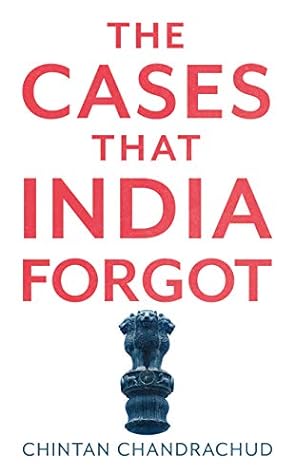More on this book
Kindle Notes & Highlights
However, the story was different in respect of personal law that remained uncodified. As a senior lawyer put it, the ‘ghost’ of Narasu has continued to haunt courts across the country.
There have been some notable exceptions from this trend. In a decision upholding women’s right to worship at the Sabarimala temple in Kerala, one judge of the Supreme Court noted that Narasu was incorrectly decided and detracted ‘from the notion that no body of practices can claim supremacy over the Constitution and its vision of ensuring the sanctity of dignity, liberty and equality’.22 In 1996, a judge of the Supreme Court observed that personal laws imposing an inferior status on women were ‘anathema to equality’ and must be consistent with the Constitution, including fundamental rights.23
...more
The court demonstrated that it was still capable of being – to borrow Lord Atkin’s words once again – ‘more executive minded than the executive’.
The state government, on the other hand, executed perfectly the strategy of minimalistic, formal compliance with the court’s decision whilst acting against its substantive content. Civil society, and in particular the mainstream media, did not provide it anywhere near the kind of coverage that the most politically salient cases of the time – such as the 2G spectrum case and the Bhullar death penalty case – received.44 More than ten years, seventy hearings and one significant decision later, the court struggled to keep pace with the shifting manifestations of Salwa Judum.


